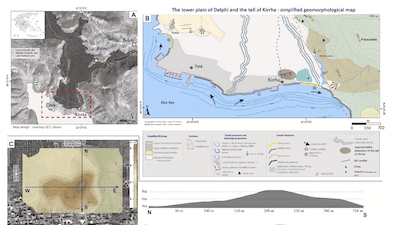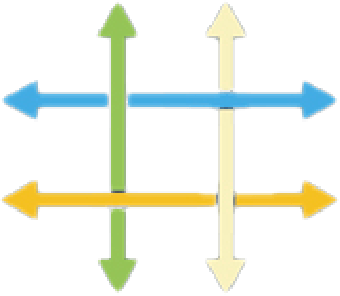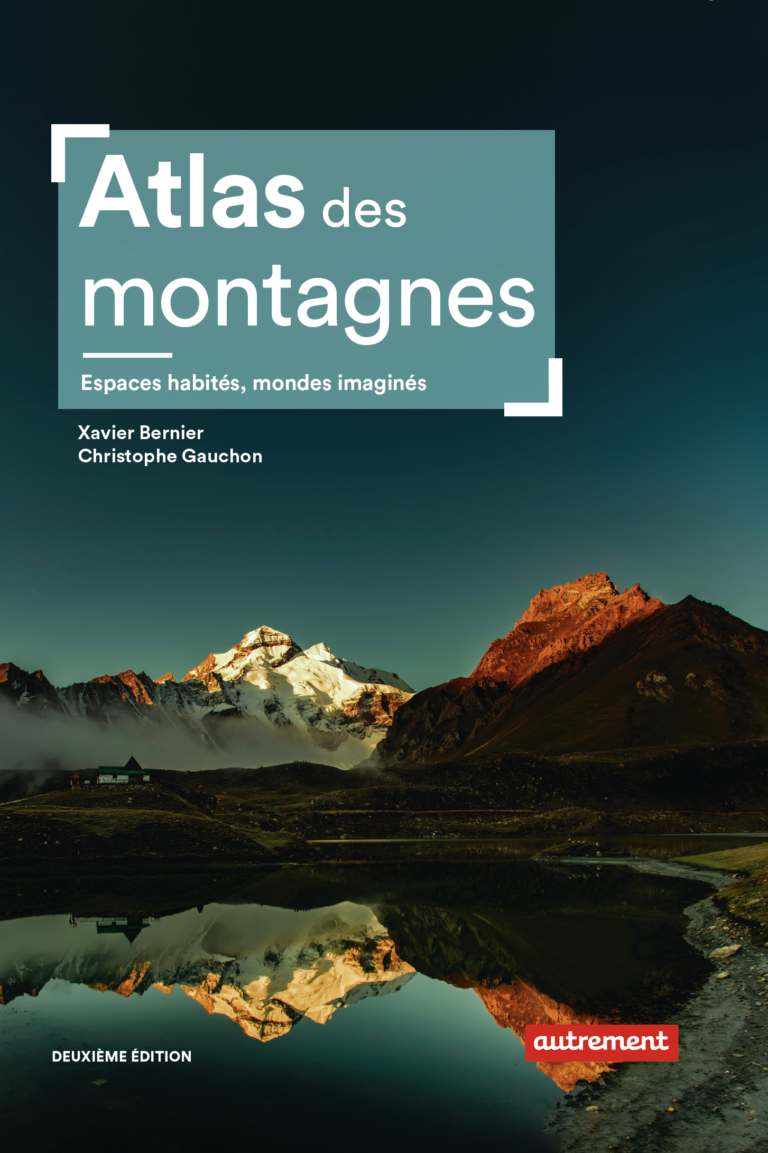
Geoarchaeological investigation of a prehistoric tell in a coastal environment: the lowest levels at Kirrha (Plain of Delphi, Phocis, Greece)
dans la revue Journal of Archaeological Science
Article accessible en ligne ici
Antoine Chabrol, Tara Beuzen-Waller, Clément Virmoux, Delphine Chavand, Eric Fouache, Raphael Orgeolet
Abstract
Located downstream of the deltaic plain of Delphi and close to the present-day coastline, the tell of Kirrha is the largest Bronze Age site (Middle to Late Helladic I) in Phocis (Greece), covering an area of around 6 ha. The deepest, and therefore oldest, archaeological levels of the tell have never been reached. A multidisciplinary investigation combining geophysics (ARP and ERT surveys), coring, sedimentological and geochemical analysis (grain-size, CaCO3 content, magnetic susceptibility), observation of the microfaunal remains and radiocarbon dating provided for the first-time capital information about the internal structure of the tell of Kirrha as well as the date of the earliest occupation phase. The results indicate a thickness of occupation layers ranging from 7 to 9 m (until 2 m b.s.l.). While some archaeological indicators found in the cores (such as very isolated pottery fragments) suggest a probable Neolithic occupation, the radiocarbon dating results presented here indicate a first occupation at the very beginning of the Bronze Age (Early Helladic II). Palaeoenvironmental reconstruction reveals that the first inhabitants of Kirrha settled in a coastal-marsh-type environment that was being filled in by fine-grained alluvial deposits from the Pleistos and Hylaithos rivers. Geophysical surveys also revealed that parts of the tell have been eroded by a palaeochannel or buried under alluvial sediments.



